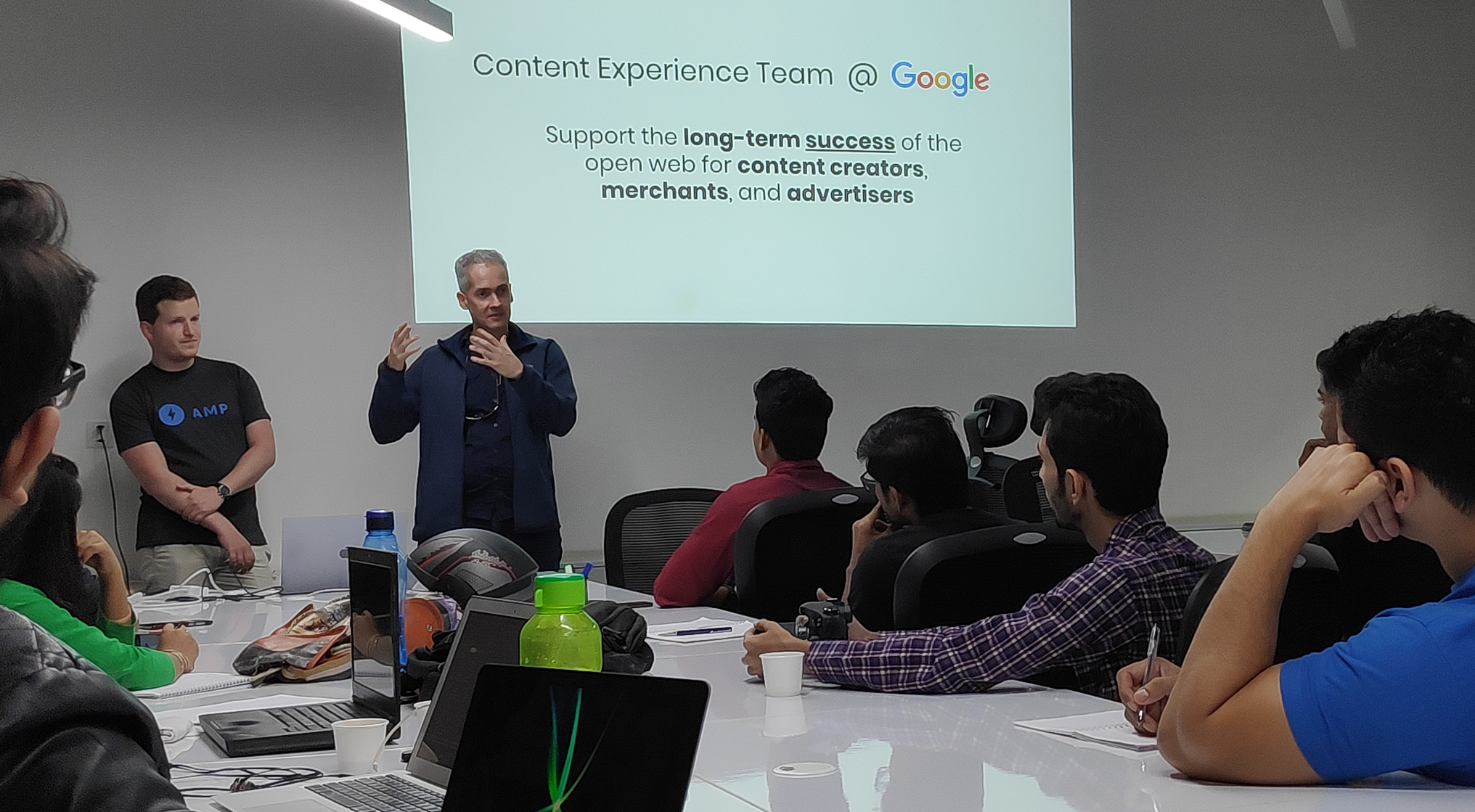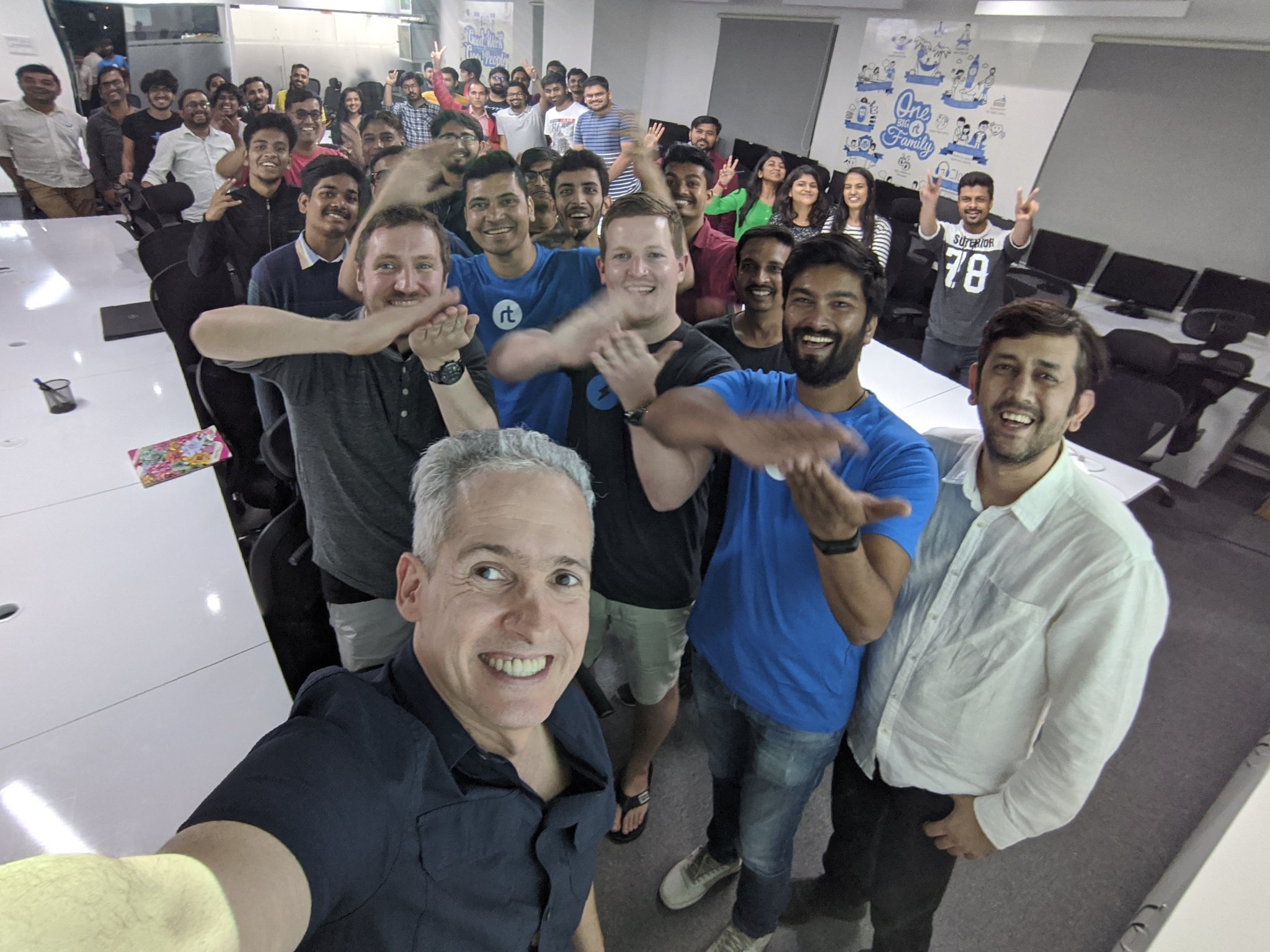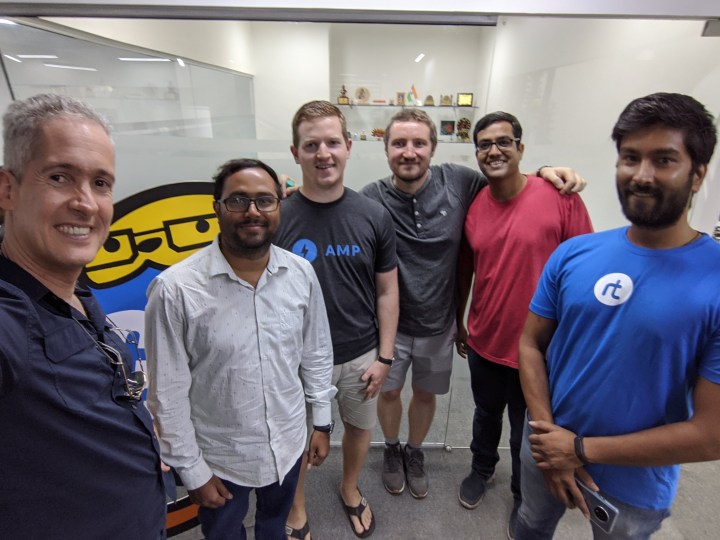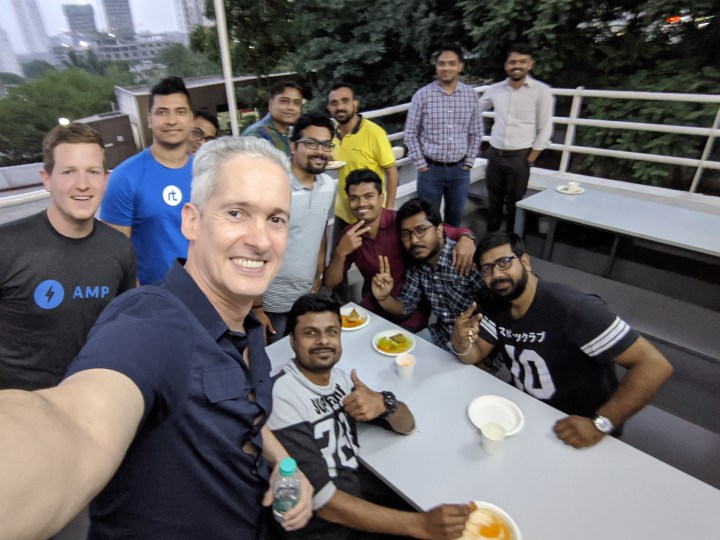
Last month, Pune WordPress Knowledge Exchange — an official WordPress meetup group for Pune city — organized a meetup on “Building User-first WordPress sites with AMP” with folks from Google – Alberto Medina, Felix Arntz, and James Osborne.



The meetup started with a lot of excitement and energy among the attendees which included developers, designers, business owners, publishers, and students. This showed how much people care about building user-first websites – which is really a good thing!
Below is a recap of the key points that were discussed during the meetup.
Why user-first sites matter
One interesting moment during the meetup was when Felix shared his experience trying to visit a mall in Mumbai. He wanted to grab a few things from the mall but since he was stuck in traffic for over 6 hours, he couldn’t make it. So, even though the mall might be selling the best products in town he was not able to buy them as he couldn’t reach there on time.
Likewise, your website might have the best content, product, or deal for the users. But, if they are not able to reach your site and get the information on time, no one benefits from it. It’s a loss for your business while they are forced to move to other sites (maybe your competitors!). A poorly built website can turn the user off and make them leave before your content loads. So, they will never know what you have to offer before leaving.
If you want to make an offer that they can’t refuse, start by building a user-first website with site speed in mind! 😉
Building user-first sites without AMP
To build user-first websites, primarily, one would need to optimize their CSS and JavaScript, avoid content reflow, avoid render-blocking JavaScript, and ensure that images have their dimensions set properly. All this can be done without using AMP.
But, the problem with implementing all this is that it would require a very large toolkit and take a lot of dev time. Moreover, you would need to find 10x engineers who are comfortable with all these techniques! 😀
On the other hand, AMP is open-source, uses existing libraries, and enforces many of the engineering best practices while building user-first websites. This makes the job easier for us.
Then why use AMP
It’s simple – for the same reason why you are using jQuery over JavaScript when both can do the same things for you. A framework can save you a lot of time upfront and reduces the maintenance burden over time.
Moreover, some of the largest internet services like Google Search, Bing, Baidu, LinkedIn, Yahoo, and Cloudflare support AMP cache, thereby, taking your content nearer to the users and amplifying your reach.
Also, AMP enforces a set of standards that helps you “start fast and stay fast” by prioritizing the content and user experience on your site.
WordPress AMP Plugin
If you are on WordPress, you don’t even need to write any code to take advantage of AMP’s superpowers, thanks to the official AMP plugin.
But sometimes, there may be edge cases when you might need the help of a developer to re-use your “must-have” JavaScript code in <amp-script> component. However, there are some restrictions on the use of this component to make sure the pages load instantly.
Of course, rtCamp would be happy to help you with that! 😀
Conversation with Alberto and Felix
Overall, it was a great experience for us and we learned a lot of interesting things about building user-first WordPress sites with AMP. And I would like to thank Alberto Medina, Felix Arntz and James Osborne for visiting the Pune WordPress community and spending their valuable time with us.
I would also like to thank all the attendees for their participation and great enthusiasm they have shown.
Link: Interview with Alberto Media and Felix Arntz | Pune WordPress Meetup group
On this page
Leave a Reply